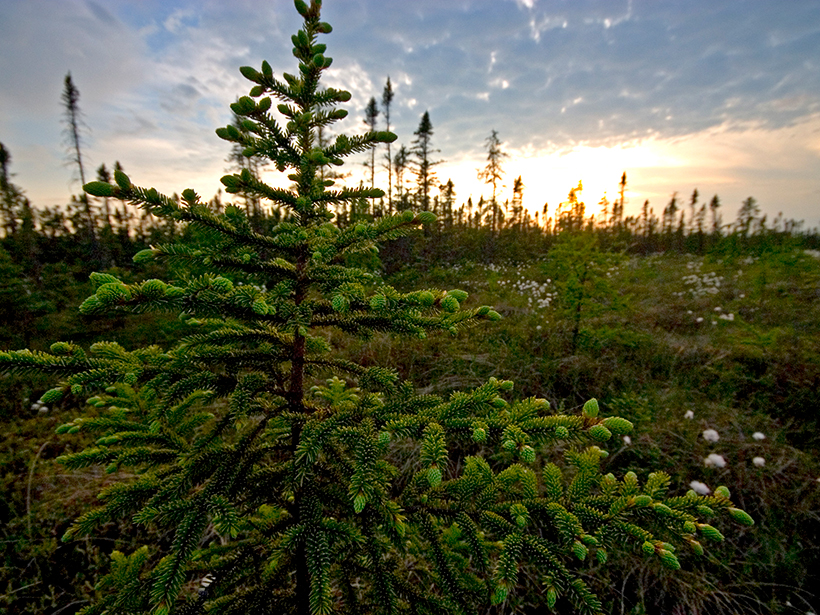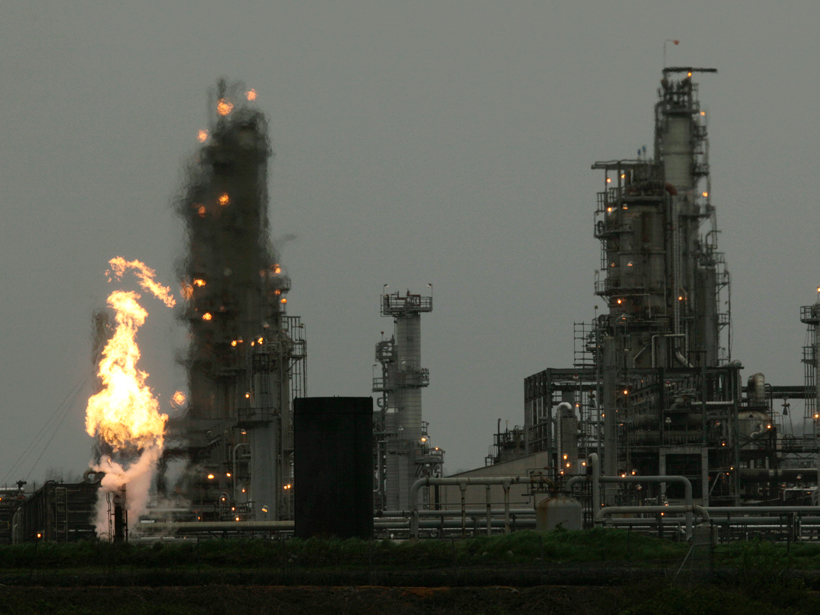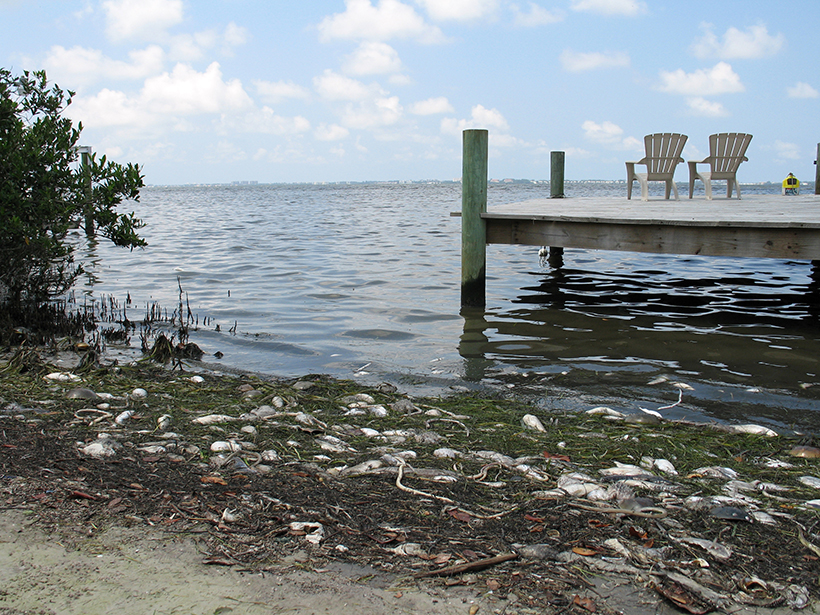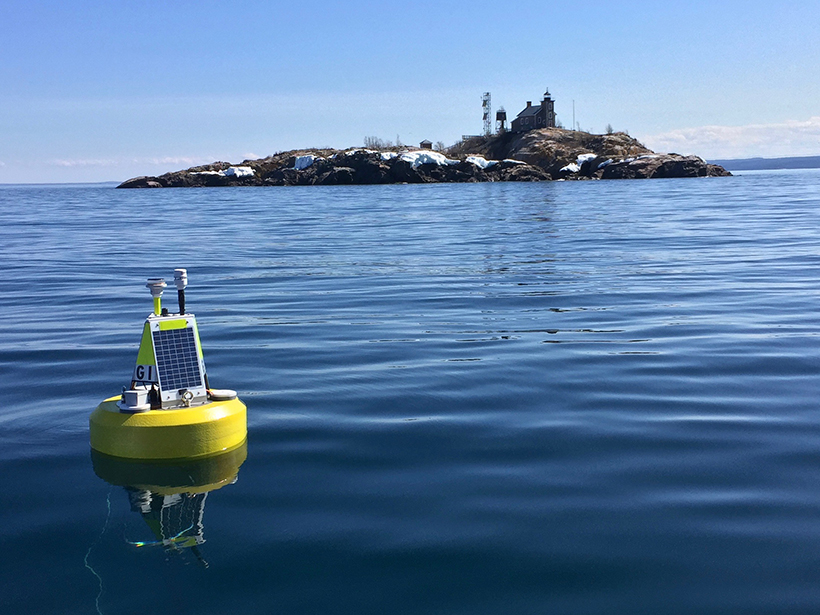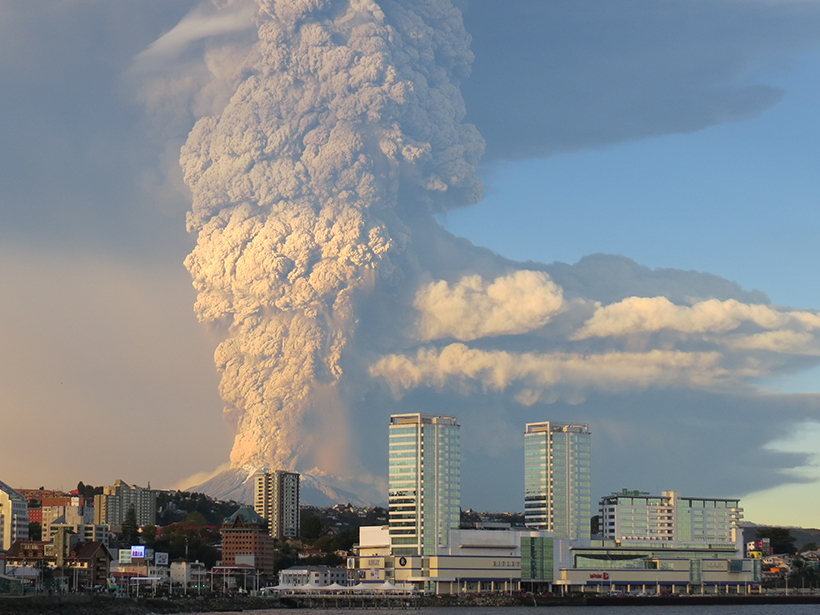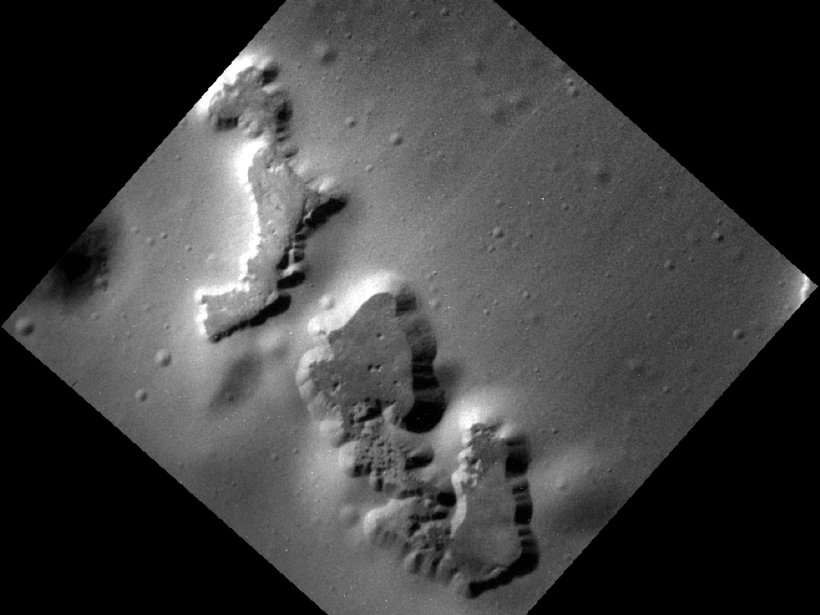As northern Minnesota's climate got wetter, precipitation drove mobile forms of young carbon deeper into peatlands, doubling the size of methane-producing strata.
CC BY-NC-ND 2016
Tracing the North Atlantic's Bottom Waters
Chemicals released by two European nuclear fuel reprocessing plants, along with certain chlorofluorocarbons, are helping to constrain the speed and behavior of North Atlantic deep-ocean circulation.
Five States Put Energy and Environmental Issues on the Ballot
From banning plastic bags to regulating solar power, states across the country asked voters to make important decisions on energy and the environment.
Carbon Tax Initiative Fails in Washington State
Environmental groups were divided over the nation's first carbon tax ballot measure.
Coastal Observations from a New Vantage Point
The NASA Geostationary Coastal and Air Pollution Events satellite mission plans to keep an eye on short-term processes that affect coastal communities and ecosystems.
Reactions to Trump Environment Plans: From Defiance to Welcome
Some environmentalists and climate scientists took stances ranging from outrage to hope for common ground, whereas some industry groups embraced the new administration on energy and environment.
Predicting a Great Lake's Response to a Warm Winter
The Superior Challenge Summit: Forecasting El Niño's Impact on the World's Largest Lake; Ann Arbor, Michigan, 17–19 May 2016
Academia and the Military Can Be Valuable Partners
The common cause of protecting people and the environment from disasters can and should unite academics and military personnel.
How Did Climate and Humans Respond to Past Volcanic Eruptions?
First workshop of the Volcanic Impacts on Climate and Society Working Group; Palisades, New York, 6–8 June 2016
Unprecedented Views of Mercury Constrain Hollow Formation
The consistently shallow depths of the depressions scattered across Mercury's surface suggest their morphology is not determined by the thickness of a volatile-rich outer layer.

